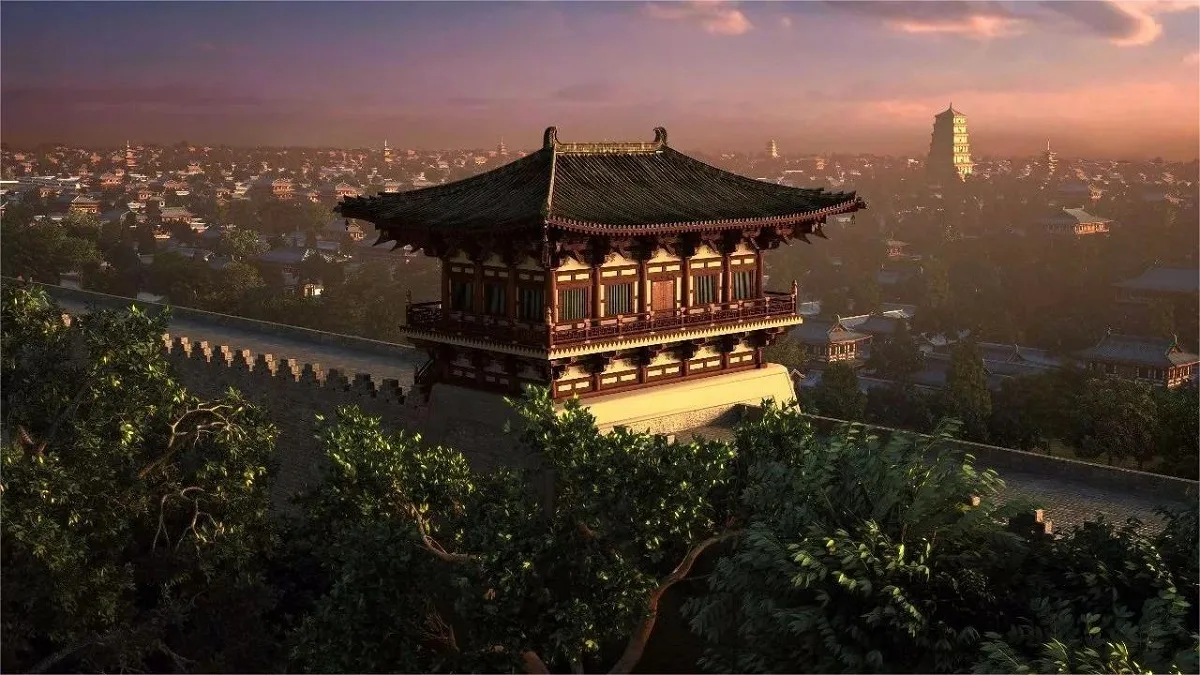China, a land steeped in millennia of history and culture, has been home to numerous capitals throughout its long and storied past. Each capital city played a pivotal role in shaping the country’s political, economic, and cultural landscape, leaving behind a rich tapestry of heritage and tradition for generations to come. From ancient dynasties to modern governance, let us embark on a journey through the capitals of China that preceded the current capital, Beijing.
Xi’an (Chang’an): As one of the oldest cities in China, Xi’an served as the capital for numerous dynasties, most notably during the golden ages of the Zhou, Qin, Han, Sui, and Tang dynasties. Known as Chang’an in ancient times, Xi’an was the eastern terminus of the Silk Road and a bustling hub of trade and cultural exchange. During the Tang Dynasty (618-907 AD), Chang’an was the largest and most cosmopolitan city in the world, renowned for its grandeur, wealth, and diversity. Today, Xi’an is celebrated for its ancient city walls, the Terracotta Army, the Big Wild Goose Pagoda, and its status as the starting point of the Silk Road.
Luoyang: Situated in present-day Henan Province, Luoyang served as the capital for several dynasties, including the Eastern Zhou, Eastern Han, and Northern Wei. As one of the Four Great Ancient Capitals of China, Luoyang played a crucial role in shaping Chinese history and culture. It was during the Eastern Han Dynasty (25-220 AD) that Luoyang reached its zenith, serving as the political, economic, and cultural center of China. Luoyang is renowned for its Longmen Grottoes and White Horse Temple, which contain thousands of Buddhist statues and inscriptions dating back over a thousand years.
Nanjing: Known as Jinling in ancient times, Nanjing served as the capital during various periods, including the Six Dynasties, the Southern Tang Dynasty, and the early Ming Dynasty. Nanjing’s historical significance is deeply intertwined with its role as the capital of the Ming Dynasty (1368-1644 AD), during which it was known as Yingtianfu. During the Ming Dynasty, Nanjing was the cultural and political heart of China and served as the seat of the emperor’s power before the capital was moved to Beijing. Today, Nanjing is celebrated for its rich cultural heritage, including the majestic Sun Yat-sen Mausoleum, the ancient city wall, the Confucius Temple, and the picturesque Qinhuai River.
Hangzhou: As the capital of the Southern Song Dynasty (1127-1279 AD), Hangzhou, known as Lin’an at the time, was renowned for its natural beauty, cultural refinement, and economic prosperity. Hangzhou’s fame reached its zenith during the Southern Song Dynasty, with the city serving as the center of trade, commerce, and arts in China. The West Lake, with its scenic beauty and cultural significance, became emblematic of Hangzhou’s allure, inspiring poets, scholars, and artists throughout the ages. Today, Hangzhou remains a popular tourist destination, drawing visitors with its picturesque landscapes, historic sites, and vibrant culture.
Kaifeng: As the capital of the Northern Song Dynasty (960-1127 AD), Kaifeng, known as Bianliang at the time, was a bustling metropolis and one of the largest cities in the world. Situated in present-day Henan Province, Kaifeng was a center of trade, culture, and innovation during the Northern Song Dynasty, attracting merchants, scholars, and artisans from across the empire. Despite suffering from natural disasters and invasions, Kaifeng remained a vibrant and prosperous city throughout much of its history. Today, Kaifeng preserves its rich heritage through historical sites such as the Iron Pagoda, the Millennium City Park, and the Kaifeng Prefecture Museum.
Anyang: Anyang, located in present-day Henan Province, served as the capital of the Shang Dynasty (1600-1046 BC), one of the earliest dynasties in Chinese history. As the political and cultural center of the Shang Dynasty, Anyang played a crucial role in the development of Chinese civilization. The discovery of the Yin Ruins in Anyang, which include the remains of the Shang Dynasty’s royal capital, has provided invaluable insights into ancient Chinese history and culture. Today, Anyang is recognized as an important archaeological site and a UNESCO World Heritage Site, attracting visitors from around the world to explore its ancient wonders.
Zhengzhou: As the capital of the Shang Dynasty’s predecessor, the Xia Dynasty (c. 2070-1600 BC), Zhengzhou holds a significant place in Chinese history as one of the earliest capitals in the region. Located in present-day Henan Province, Zhengzhou served as a political and cultural center during the Xia Dynasty, contributing to the development of early Chinese civilization. Today, Zhengzhou continues to thrive as a modern city while preserving its rich historical legacy through archaeological sites such as the Shang Dynasty City Ruins archaeological site, which is believed to be the capital of the Shang Dynasty.


